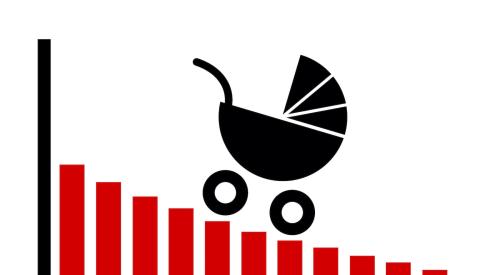The share of multigenerational homebuyers advanced from 11% to 15% during the pandemic, pointing toward another trend resulting from the pandemic. The National Association of Realtors began tracking the share of multigenerational homebuyers in 2012 when the Great Recession resulted in many families living under one roof. The share in 2012 was 14%, making the current share the highest in seven years. NAR’s survey found the top reason for purchasing a multigenerational home currently is to keep aging parents close. Concerns of COVID-19, loneliness, and childcare needs may have been large reasons why buyers chose multigenerational living amid the pandemic, and NAR says there is data to confirm these are likely permanent changes.
According to the American Health Care Association and the National Center for Assisted Living, 55% of nursing homes are losing money and 72% may not be able to stay open in the coming year.
The second most common reason is cost savings. Family members are pooling incomes to purchase a larger home. This reason has accelerated in the last two years as people are relying on others due to the loss of income or potential loss of income, and marriage rates have continued to drop. This factor has likely seen an increase during the pandemic as many Americans face a cut in wages and lost income.
The third most common reason is adult children boomeranging back home or never leaving. One note to underline however, is that while this is the third most common reason to purchase a multi-generational home, the Census is reporting the highest share of young adults living at home with family since the Great Depression—52% of young adults, aged 18 to 29, are living at home according to a Pew analysis of the Current Population Survey.













